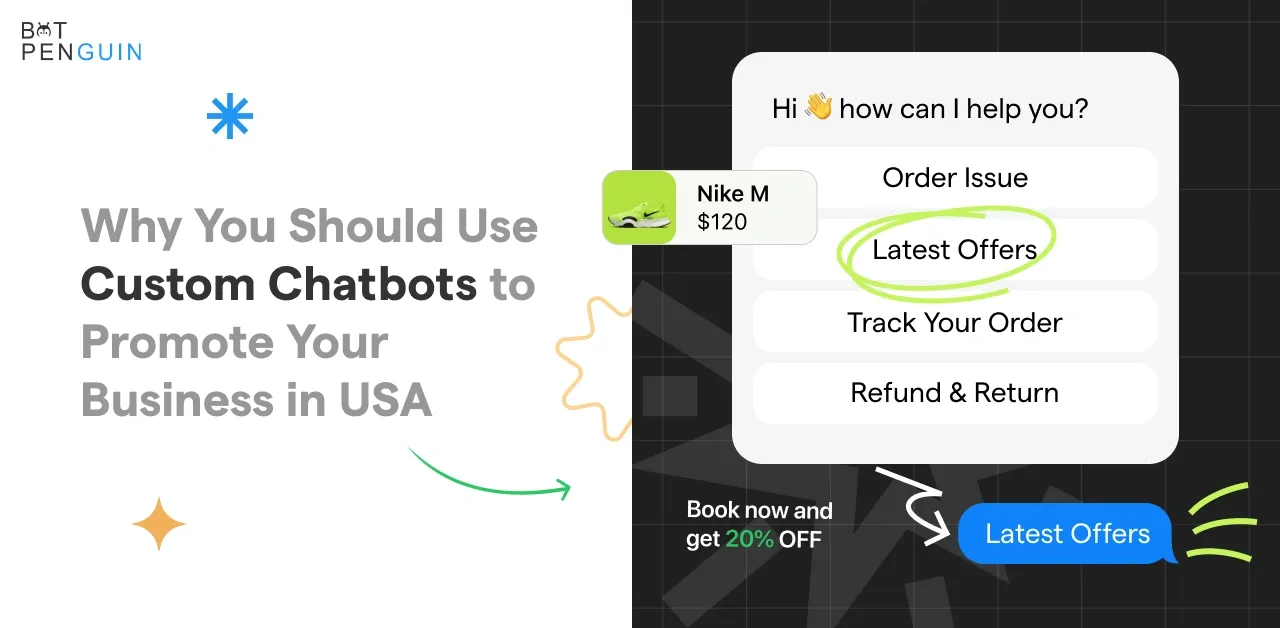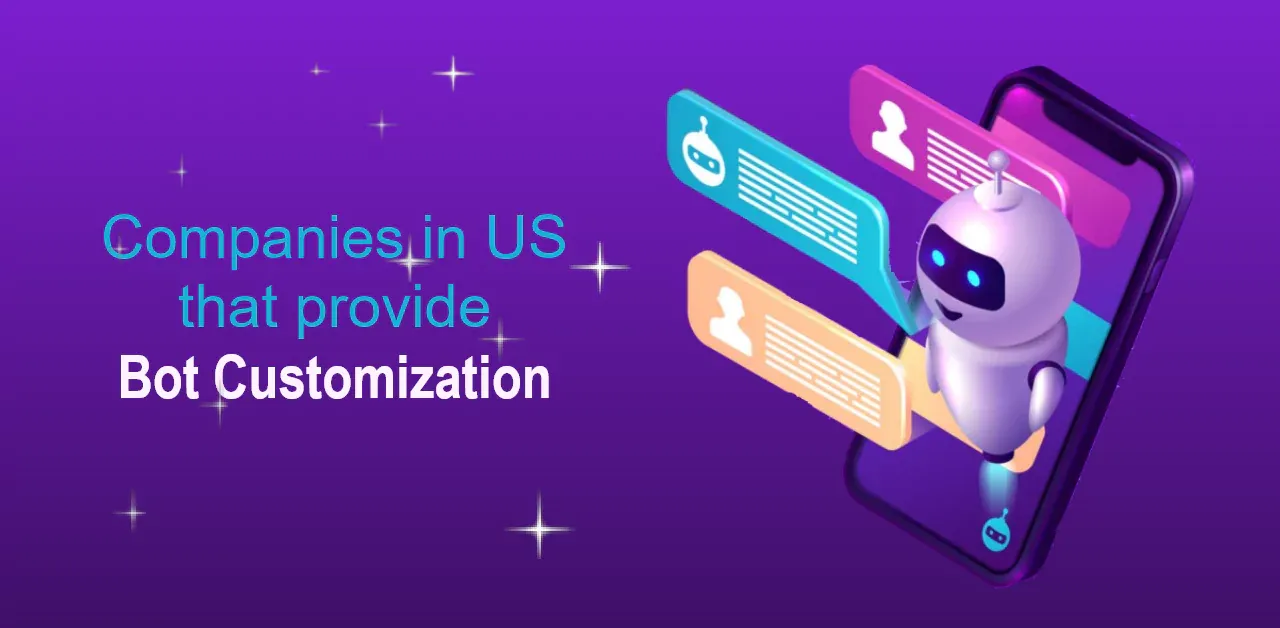Did you know the chatbot market is expected to exceed $1.34 billion by 2024?
That's a lot of chatbots, and it's no wonder businesses everywhere are jumping on board to get their own. But with so many options and technical details, picking the right partner for custom chatbot development can feel overwhelming.
It's not just about picking a company. it's about choosing a path that aligns perfectly with your business goals and audience needs. Imagine having a chatbot that not only understands your customers but also integrates seamlessly with your existing systems, providing a smooth experience for both you and your users.
But how do you sift through the noise and find the right developer for your unique needs? Whether it's defining the core functionalities of your chatbot, assessing the technical prowess of potential partners, or ensuring your chatbot can grow with your business, the process can be daunting.
In our guide, we break down the process into 7 essential tips to help you make an informed decision.
From understanding the crucial role of natural language processing capabilities to evaluating integration ease and future scalability, we've got you covered.
Dive in to discover how to choose a custom chatbot development company that not only meets but exceeds your expectations.
1. Understand Your Business Needs
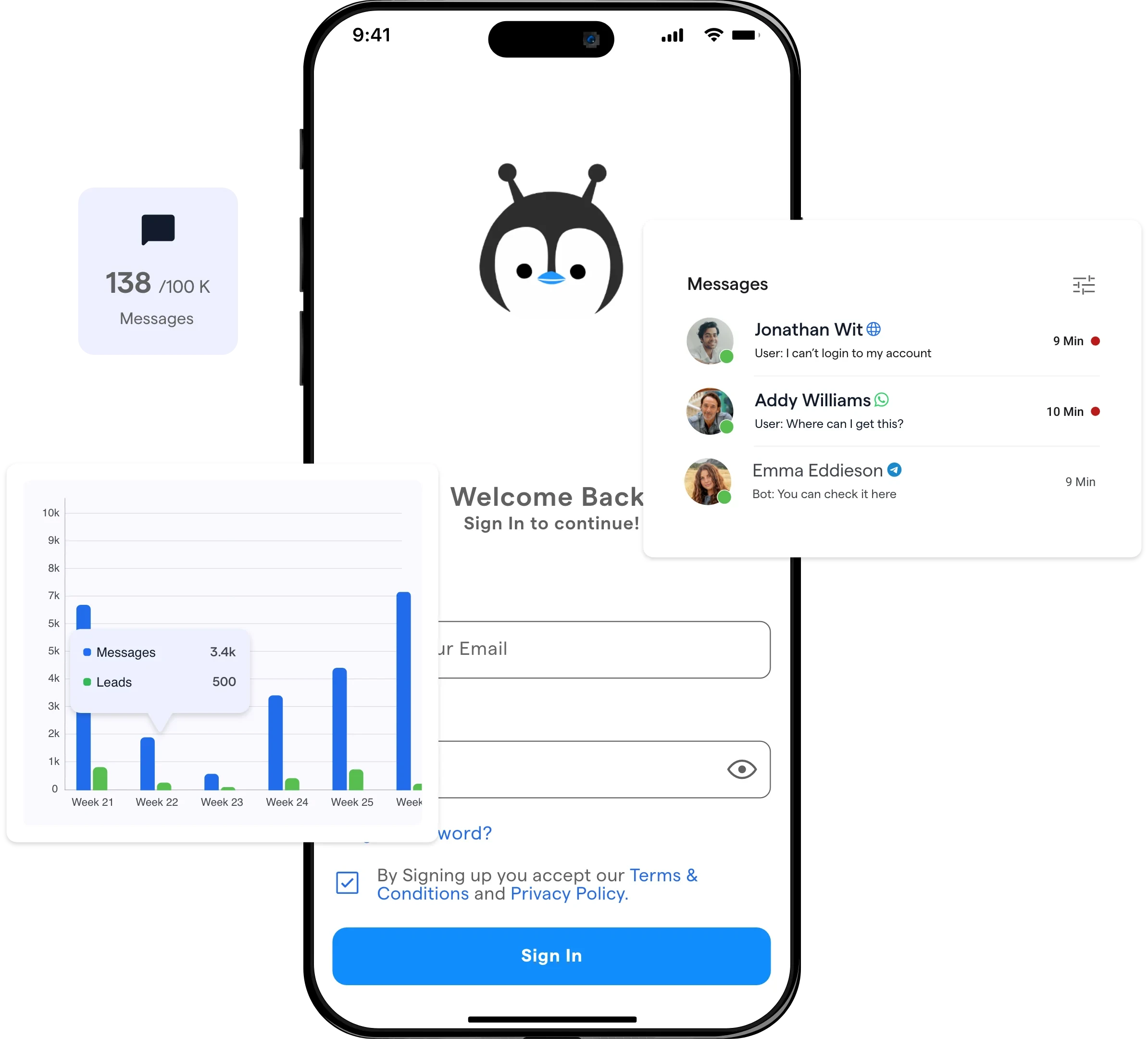
Before diving into the development process, defining your chatbot objectives is crucial.
What are you aiming to achieve with your chatbot? Is it to provide customer support, automate processes, generate leads, or boost engagement?
Defining your target audience will help guide the development process and ensure your chatbot aligns with your business goals.
Identify Target Audience and Use Cases
Understanding your target audience is key to building a successful chatbot.
Identify who your chatbot will serve—customers, employees, or both. Determine their needs, pain points, and preferred communication channels.
This will help you design a chatbot that speaks their language and addresses their specific requirements.
Additionally, identify the use cases you want your chatbot to support. Whether it's answering FAQs, guiding users through a purchase, or providing technical assistance, knowing your use cases will shape the functionality and design of your chatbot.
Determine Chatbot Functionality and Features
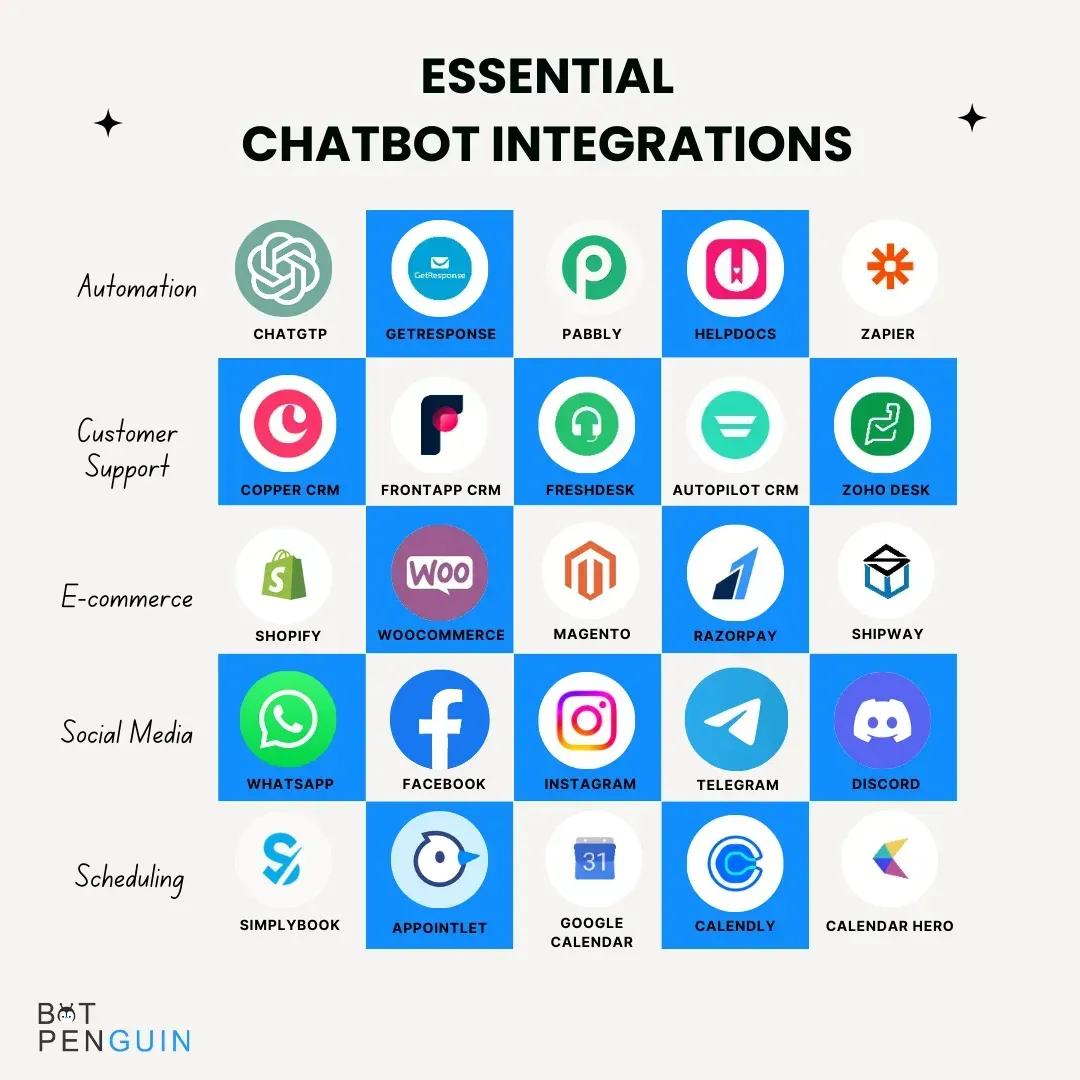
Now, it's time to determine the functionality and features your chatbot will offer.
Will it have a natural language understanding capability to process user queries? Should it handle complex transactions or perform integrations with backend systems?
What about personalization and recommendations? Define the key features to make your chatbot stand out and deliver value to your users.
This will guide the development team in building the right capabilities and ensuring your chatbot meets the desired user experience.
BotPenguin chatbots understand users naturally with powerful entity recognition, sentiment analysis, and intent detection.
2. Research and Evaluate Chatbot Development Companies
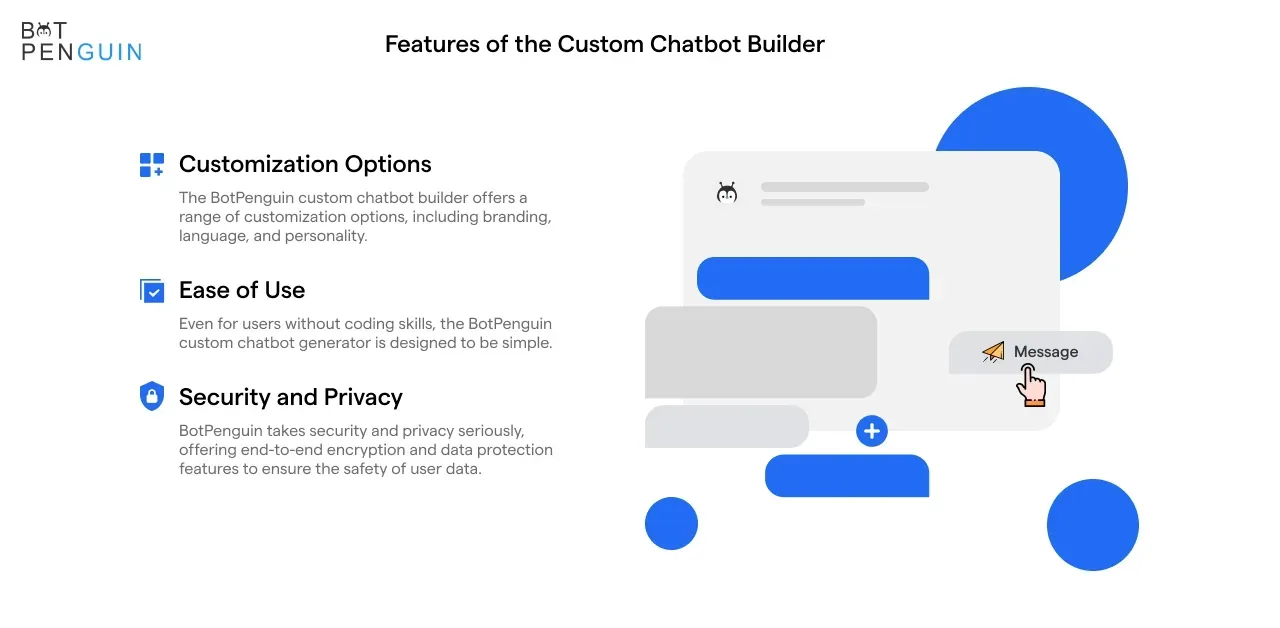
Choosing the right chatbot development company, like BotPenguin, is crucial in the custom chatbot development process.
Start by looking for companies with expertise and experience in custom chatbot development. Check if they have worked on similar projects and have knowledge of your industry.
Don't hesitate to ask for their expertise and client references to ensure you work with competent professionals.
Check the Portfolio and Case Studies

Portfolios and case studies are great ways to assess the quality and range of services a chatbot development company offers.
Check their website and social media channels for examples of previous projects and chatbots they have developed. Assess the chatbot's functionality, design, and user experience.
Case studies can provide insights into the company's challenges and how they overcame them. This can help determine whether the chatbot development company can deliver the desired results.
Suggested Reading:
Why BotPenguin is the best Custom Chatbot Development provider
Evaluate Reputation and Client Reviews
Reputation and client reviews indicate a chatbot development company's reliability and credibility.
Check their online reviews, testimonials, and ratings. Look for feedback from clients who have worked with the company on similar projects.
This can give you an idea of their communication skills, responsiveness, and project delivery timelines. Make sure to check if they have any negative reviews or complaints.
This can help you evaluate the company's strengths and weaknesses and decide if they fit your business.
3. Consider Chatbot Development Frameworks and Technologies
When it comes to custom chatbot development, you have two options: open-source or proprietary frameworks.
Open-source frameworks are free, customizable, and open to the community for development and improvement.
Proprietary frameworks are more expensive but offer better quality control, functionality, and support.
Assess the pros and cons of each option to choose the best fit for your business. Consider budget, customization requirements, and the desired chatbot features.
Assess Natural Language Processing Capabilities
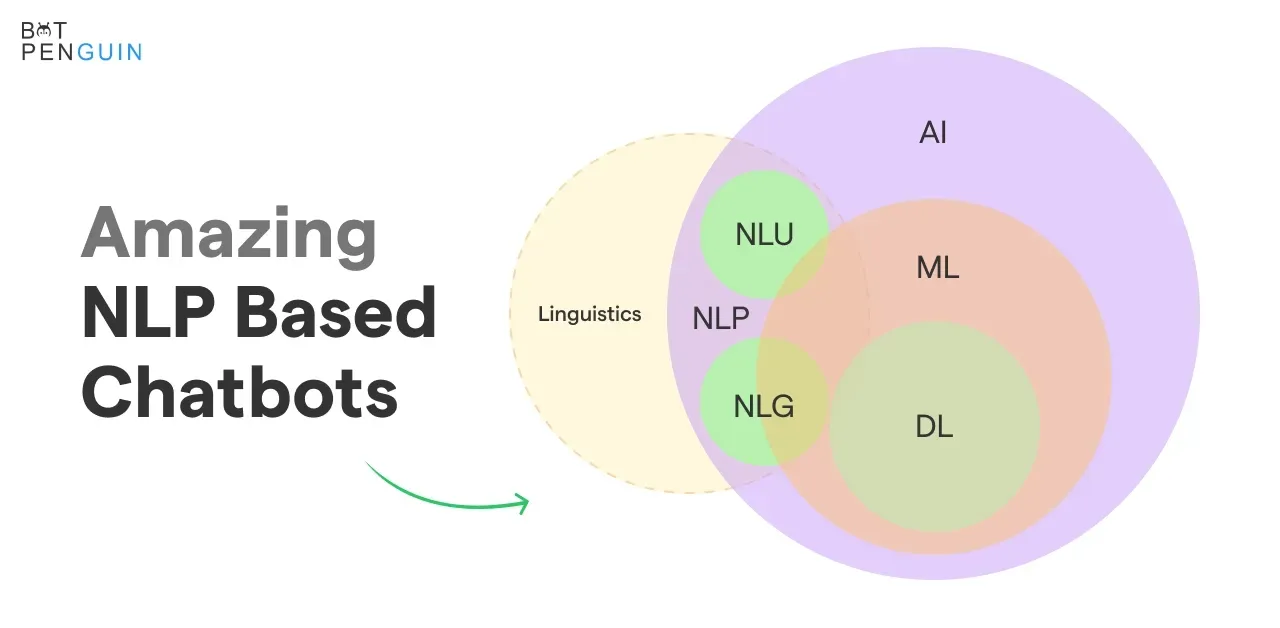
Natural Language Processing (NLP) is a crucial feature of the custom chatbot development process. It enables chatbots to understand and respond to user queries in a conversational and human-like manner. Assess the NLP capabilities of the chatbot development frameworks and technologies you are considering.
Look for entity recognition, sentiment analysis, and intent recognition features. Ensure the chosen framework can easily integrate with other NLP tools to enhance the chatbot's functionality.
And that is where BotPenguin comes in!
BotPenguin houses experienced developers with 5+ years of expertise who know their way around NLP and LLM bot development in different frameworks.
And that's not it! They can assist you in implementing the large language model into your chatbot to enhance its language understanding and generative capabilities, depending on your business needs.

Evaluate Integration Options with Existing Systems
Integrating your chatbot with existing systems, such as your website, CRMs, or messaging platforms, is crucial for delivering a seamless user experience.
Evaluate the integration options provided by the custom chatbot development company and the technology stack.
Ensure the chosen framework can integrate with your existing systems and the development company has experience.
This will ensure smooth data exchange and automation of processes, leading to enhanced efficiency and productivity.
BotPenguin's simple drag-and-drop interface allows you to create customized, brand-consistent chatbots without coding. BotPenguin integrates seamlessly with websites, apps, messaging platforms, and CRMs through our many pre-built connectors.
4. Determine Chatbot Deployment Channels
When determining the deployment channels for your chatbot, one crucial consideration is how it will be integrated into your website.
Look for options that seamlessly integrate with your website's design and user experience. Some possibilities to explore include:
Embedding the chatbot widget: This involves adding a chatbot widget directly to your website. This can be placed in a corner, at the bottom of the screen, or accessed through a chat icon.
In-page chatbot: Instead of a widget, you can have the chatbot appear within a specific page on your website. This allows for a more immersive chat experience.
Pop-up chatbot: Some websites prefer to have the chatbot appear as a pop-up window. This can be triggered by specific events or when a user clicks on a designated area of the screen.
Explore Social Media and Messaging Platforms
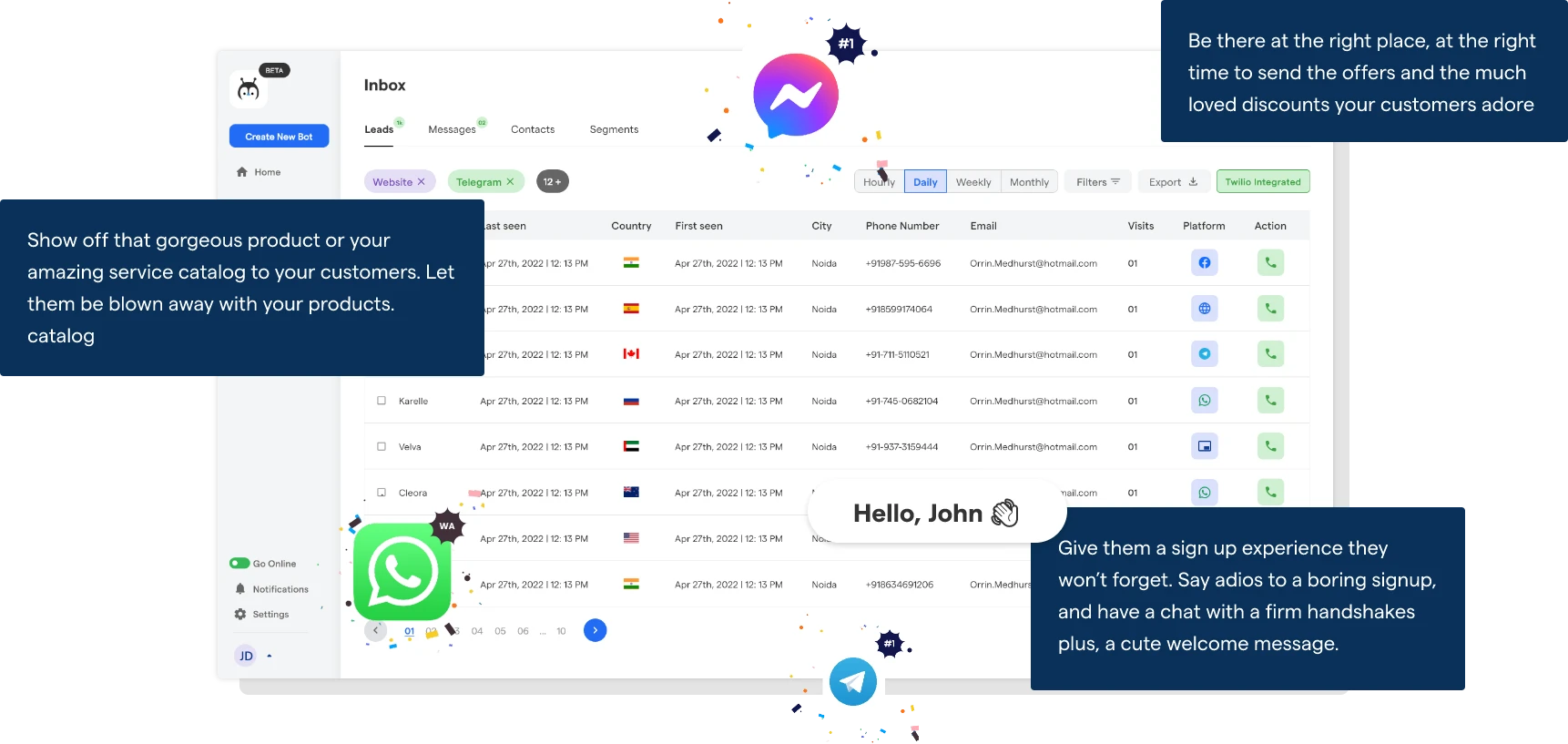
In addition to your website, consider deploying your chatbot on social media and messaging platforms.
This allows you to reach a wider audience and provide support on platforms your customers already use.
Some popular options to explore include:
Facebook Messenger: With over 1 billion monthly active users, Facebook Messenger is an excellent choice for chatbot deployment. Users can interact with your chatbot directly within the Messenger app or website.
WhatsApp: If your target audience is more active on WhatsApp, consider deploying your chatbot on this platform. End-to-end encryption and an extensive global user base offer a secure and widely accessible communication channel.
Slack: Integrating your chatbot with Slack can be an excellent option for businesses relying heavily on team collaboration. This allows team members to interact with the chatbot within their Slack channels.
Now, if you want to begin with chatbots but have no clue about how to use language models to create AI chatbot, then check out the NO-CODE chatbot platform, named BotPenguin.
With all the heavy work of chatbot development already done for you, BotPenguin allows users to integrate some of the prominent language models like GPT 4, Google PaLM, and Anthropic Claude to create AI-powered chatbots for platforms like:
Evaluate Mobile App Integration
If you have a mobile app, consider integrating your chatbot directly within the app. This provides a seamless user experience and allows users to access assistance without leaving the app.
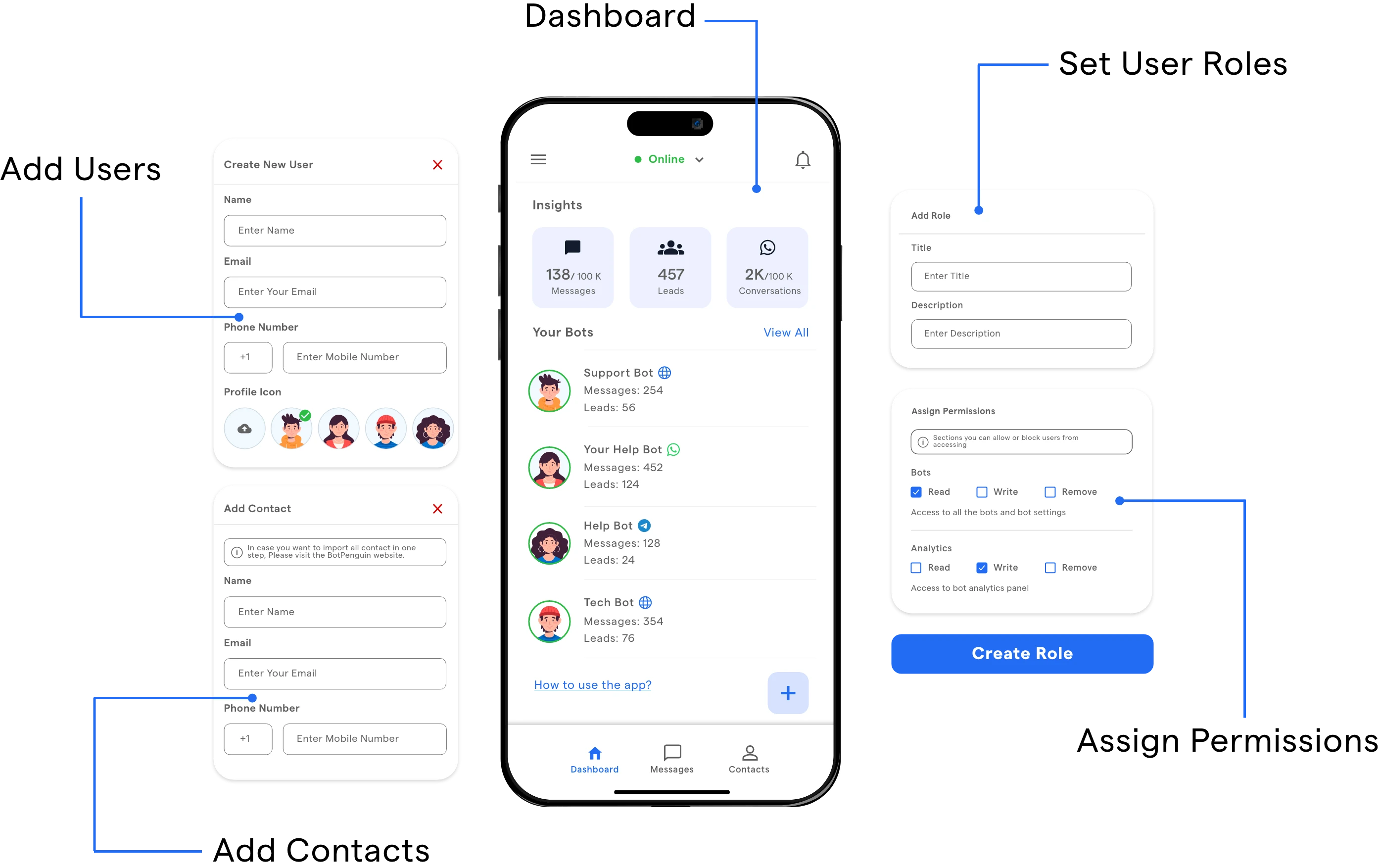
Some considerations for mobile app integration include:
Native integration: Integrating the chatbot directly into the app codebase. This offers the most seamless experience but requires development effort.
Webview integration: Embedding the chatbot as a webview within the app. This requires less development effort but may not provide as smooth an experience.
5. Evaluate Chatbot Development Cost and Timeline
Before proceeding with custom chatbot development, defining a realistic budget that aligns with your business resources is essential.
Consider factors such as the complexity of the chatbot, desired features, and your long-term maintenance and support needs.
A clear budget will help you narrow your options when exploring development companies.
Request Quotes and Proposals from Development Companies
Once you have a budget, contact development companies to request quotes and proposals for your chatbot project.
Be sure to provide them with a detailed overview of your requirements and any specific features or integrations you need.
Compare the different companies' costs, timelines, and expertise to find the best fit for your budget and project goals.

Consider Long-term Maintenance and Updates
When evaluating development costs, consider long-term maintenance and updates.
Chatbots are not static entities; you'll likely need to make updates and improvements as your business evolves.
Discuss maintenance options and pricing with development companies to ensure you have a plan for ongoing support.
Suggested Reading:
6. Check for Customization and Scalability Options
To create a unique and brand-consistent experience, it's important to check if the chatbot platform allows for customization of design and user experience.
Look for options to modify the chatbot's appearance, conversation flow, and tone to align with your brand identity.
Evaluate Scalability for Future Growth
Scalability is a key consideration when choosing a chatbot platform.
Ensure the platform can handle a growing user base and increasing chatbot interactions without compromising performance.
Look for features such as load balancing, automatic scaling, and the ability to handle concurrent conversations.
BotPenguin platform ensures chatbots stay responsive as traffic grows without limits.
Check for Multilingual Support
If your target audience is multilingual or international, it's crucial to choose a chatbot platform that supports multiple languages.
Look for options to create language-specific versions of your chatbot quickly and provide seamless support to users in different languages.
BotPenguin supports over 20+ languages so you can build chatbots that serve international, multilingual audiences.
7. Assess Chatbot Analytics and Reporting Features

To measure the effectiveness of your chatbot and make data-driven improvements, it's essential to assess its performance-tracking capabilities.
Look for features that allow you to track metrics, such as:
Engagement: Monitor the number of interactions, session duration, and bounce rate to understand how users engage with your chatbot.
Conversion: Track the completion of specific goals or actions, such as form submissions or purchases, to gauge the chatbot's impact on conversions.
Fallbacks and Handoffs: Identify instances where the chatbot cannot assist users and when it needs to hand off the conversation to a human agent.
Check for Real-time Analytics and Reporting Tools
Real-time analytics and reporting tools provide valuable insights into your chatbot's performance.
Look for chatbot platforms that offer:
Real-time data visualization: Monitor chatbot metrics in real-time through interactive dashboards and charts.
Alerts and notifications: Receive alerts when specific performance thresholds or anomalies are detected, allowing us to address any issues actively.
BotPenguin's analytics dashboard provides key metrics for optimizing performance like user engagement and conversion rates.
Evaluate User Fment Analysis
User feedback plays a crucial role in continuously improving your chatbot. Look for platforms that provide features for collecting and analyzing user feedback, including:
Rating and review prompts: Allow users to rate their chatbot experience and provide feedback after each interaction.
Sentiment analysis: Analyze user sentiment in their conversations with the chatbot to identify areas for improvement and gauge user satisfaction.
Conclusion
Building a successful chatbot takes careful planning. By following these 7 tips, you can ensure your chatbot is tailored to suit your business needs and deliver value.
Define goals, understand users, and choose the right development approach. Research companies thoroughly to find one with expertise in your industry. Consider factors like cost, features, and long-term support when evaluating options.
BotPenguin makes chatbot development simple. Our drag-and-drop interface allows creation without coding.
Integrations with websites, apps, and platforms provide seamless user experiences. Analytics give insights to optimize performance.
Support for multiple languages ensures an international audience. Scalability means chatbots stay responsive as traffic grows. Affordable packages include maintenance so your bot always works.
With BotPenguin, you can focus on your business while they handle the technical aspects. Chatbots boost customer service and sales.
Try BotPenguin risk-free and see how a custom chatbot development can benefit your business. Sign up today to start building your bot and improving interactions.
Frequently Asked Questions (FAQs)
Why is it essential to choose the right custom chatbot development service?
Choosing the right custom chatbot development service ensures a high-quality and effective chatbot solution that meets your specific business needs. It saves time, money, and maximizes your chatbot's potential.
What factors should you consider when selecting a custom chatbot development service?
Factors to consider include expertise in custom chatbot development, experience with similar projects, reviews/testimonials, cost-effectiveness, scalability, support, and customization options.
How to evaluate the expertise of a chatbot development service provider?
Look for evidence of their knowledge, skills, and experience in developing chatbots. Review their portfolio, ask for case studies, and inquire about their team's expertise in natural language processing and AI technologies.
Can a custom chatbot development service provider accommodate specific industry requirements?
Yes, reputable custom chatbot development providers like BotPenguin can customize solutions to cater to specific industries, including e-commerce, healthcare, finance, and more. They understand the unique needs and compliance standards of different sectors.
What level of ongoing support should I expect from a custom chatbot development service?
A reliable service provider will offer continuous support, including maintenance, updates, and technical assistance. Ensure the provider has a clear support plan in place to address any issues that may arise after the chatbot's deployment.


